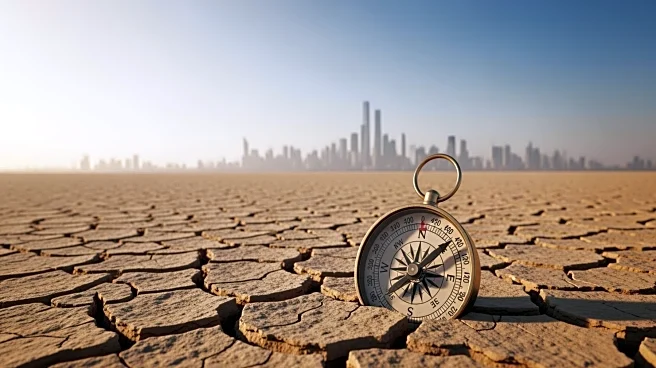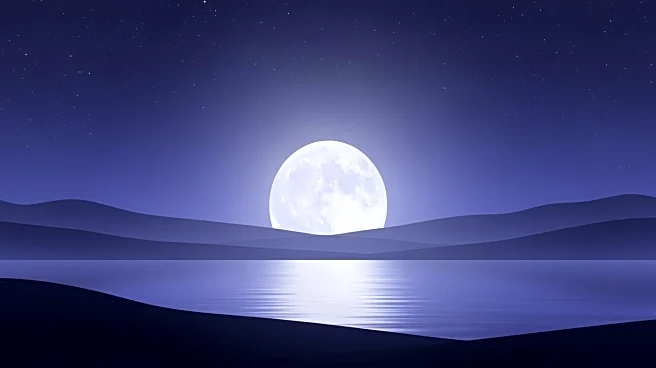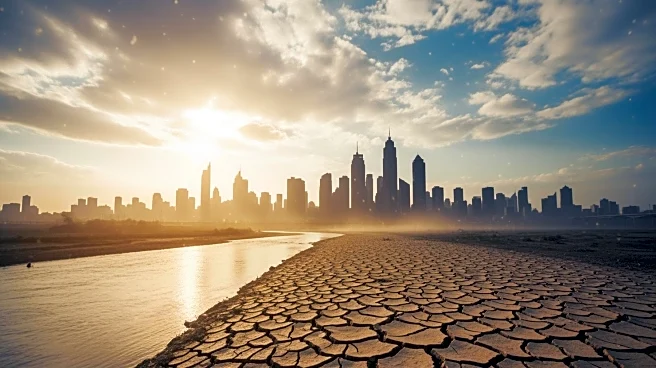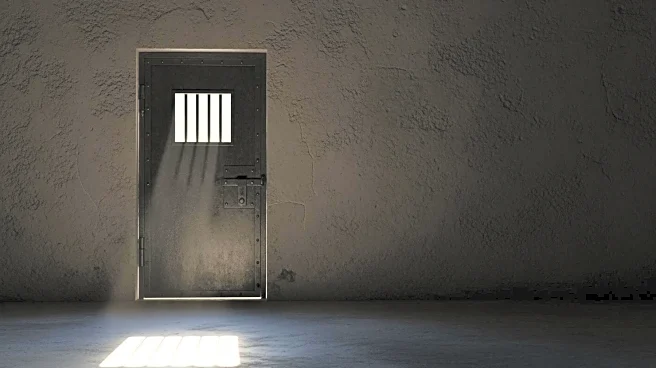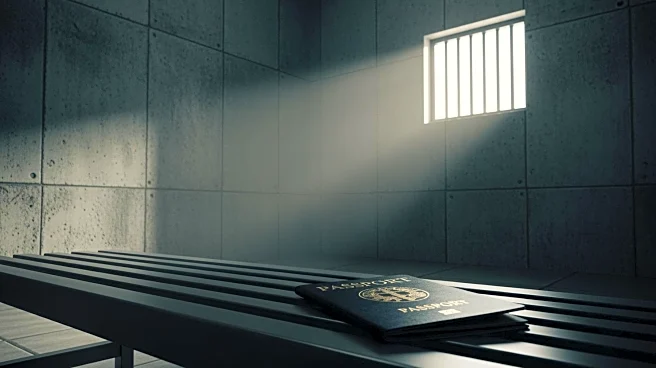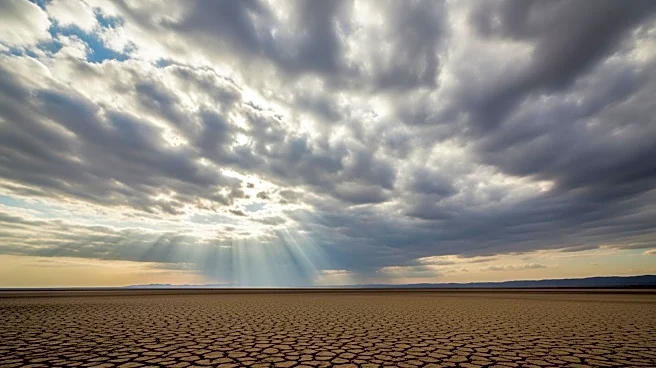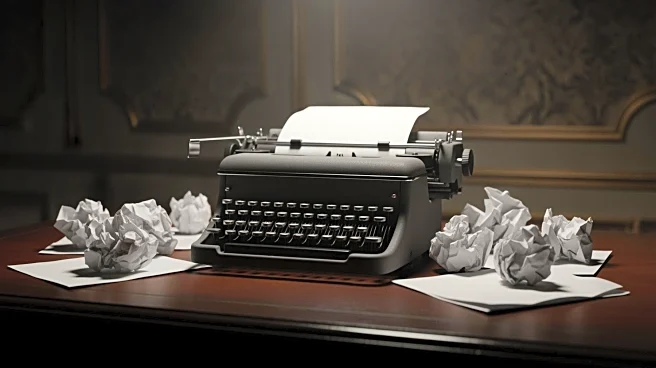What's Happening?
Iranian filmmaker Abbas Nezamdoost has premiered his latest feature, 'Duality,' at the Tallinn Black Nights Film Festival. The film, which is part of Iran's underground cinema scene, explores the lives
of three young individuals in Tehran through a blend of color cinematography and black-and-white photo storybook sequences. The narrative shifts between two different stories and times, capturing the essence of Iranian post-revolutionary society. The film's production involved shooting two visual modes separately, with discreet special effects added to enhance realism. Nezamdoost's cast includes artists from Iran's underground scene, reflecting the film's themes of hidden societal dynamics.
Why It's Important?
The premiere of 'Duality' at an international film festival underscores the growing recognition of Iran's underground cinema, which often challenges societal norms and censorship. This film highlights the duality of life in post-revolutionary Iran, where individuals navigate between public conformity and private authenticity. The involvement of underground artists in the film reflects a broader cultural movement seeking to portray genuine experiences and challenge the status quo. The film's international exposure may encourage more dialogue about artistic freedom and the realities faced by Iranian filmmakers and artists.
What's Next?
Following its premiere, 'Duality' will be distributed internationally by Tehran-based Iranian Independents. The film's reception at the festival could influence its success in global markets, potentially opening doors for more Iranian underground films to gain international attention. The filmmakers face uncertainty upon returning to Iran, as their work challenges societal norms, which could lead to repercussions. The team remains committed to portraying truthful narratives, despite potential risks, indicating a continued push for artistic expression within restrictive environments.
Beyond the Headlines
The film's exploration of societal duality in Iran raises questions about the broader implications of censorship and artistic freedom. It highlights the ethical and cultural dimensions of creating art in a society where public and private lives often diverge. The filmmakers' commitment to truth and authenticity reflects a desire for cultural change, challenging the narratives imposed by authorities. This movement within Iran's underground cinema could inspire similar efforts in other regions facing censorship, promoting global discussions on the role of art in societal transformation.


